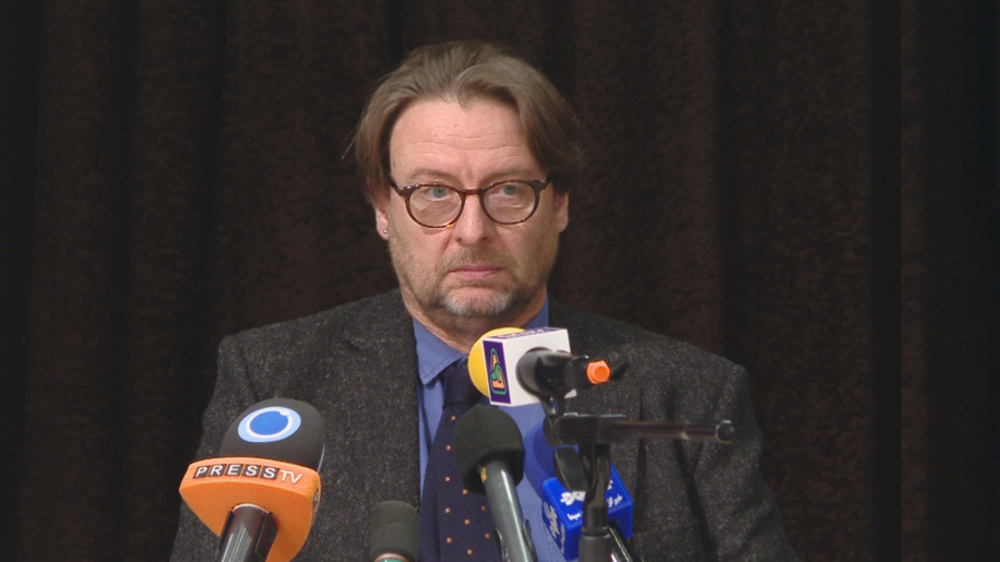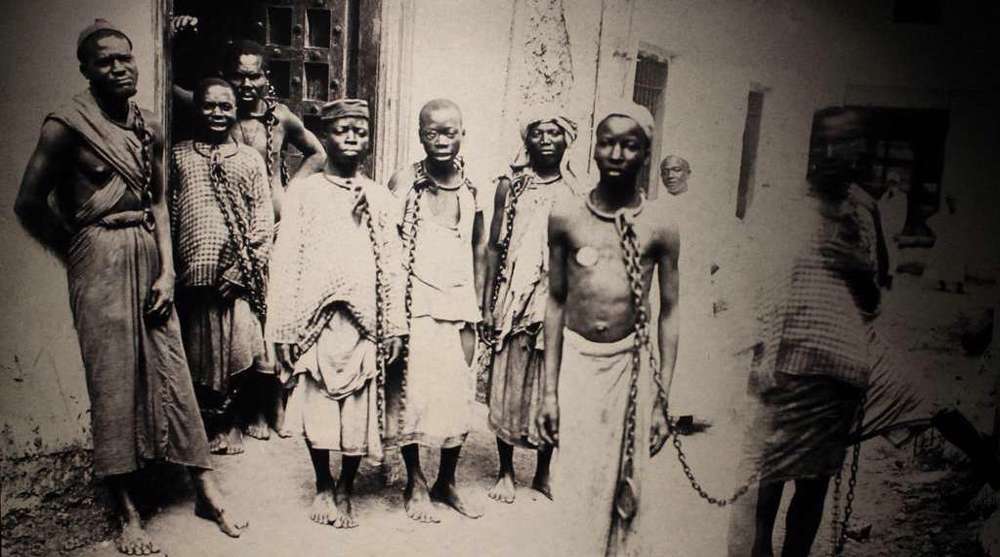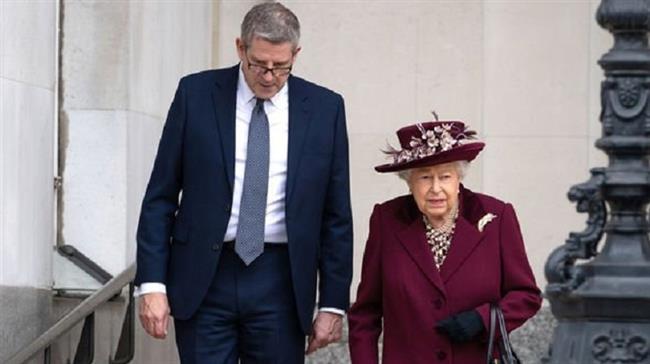The Queen and the Security Service (MI5): the last hurrah
Queen Elizabeth II’s publicized visit to MI5’s headquarters last Tuesday was most remarkable not so much for its novelty, but more importantly because of the British media’s reluctance to ask probing questions as to the real reasons behind the visit.
By most credible accounts, the Queen is nearing the end of her reign, with periodic – albeit unconfirmed - reports about her possible, indeed imminent, abdication.
As for MI5, whilst it cannot be said the organization is on its last legs, all indications are the Security Service will not survive the incoming constitutional chaos unscathed.
At this juncture, it is worth reviewing the Queen’s relationship with MI5 over the past six decades, if only to develop a better picture of the UK’s national security landscape in an age of acute constitutional crisis.
Treacherous beginning
When Elizabeth II acceded to the British throne in June 1953, MI5 was already well into its fourth decade as the United Kingdom’s primary domestic intelligence service.
Officially formed in 1909, MI5 was one of a plethora of post-Victorian national security institutions established just before the outbreak of the Great War, ostensibly to defend Britain against an expansive German Empire.
Immediately before Elizabeth II’s accession, MI5 had allegedly enjoyed its biggest coup, in the form of the so-called Double-Cross System, whereby the Security Service allegedly “turned” Nazi Germany’s entire intelligence network in the UK against the Abwehr (former German military intelligence).
The spurious belief that MI5 had turned all German spies into double agents – in some cases by quite literally holding a gun to their heads – is one of those enduring myths beloved by British intelligence and its aficianados around the world.
The myth was robustly sustained by Cambridge Historian, Christopher Andrew, who produced the authorized history of MI5 in 2009, to commemorate the organisation’s centenary.
Andrew, who had been appointed as MI5’s official historian in 2003, sustains the lie about the so-called Double-Cross not so much for reasons of wanting to keep alive an attractive myth, but more so to lessen the blow of the Security Service’s failures in the first three decades of the Queen’s reign.
For unbeknownst to the Queen, her intelligence services – notably the Secret Intelligence Service (better known as MI6) – were thoroughly infiltrated by Soviet intelligence from the moment she succeeded George VI as head of state.
The Cambridge Five
The spy ring originating at Cambridge University – and which eventually penetrated the heart of British intelligence at the behest of the Soviet KGB – has been widely described as the most damaging operation against British national security in the 20th century.
The most famous of the Cambridge Five spies – Kim Philby, who penetrated the upper reaches of MI6 before being exposed as a Soviet spy in 1963 – was not the most damaging, at least not to Elizabeth II.
As far as the Queen was concerned, the greatest damage came from the direction of former MI5 officer turned art historian, Anthony Blunt.
Blunt had had a personal connection to the Queen for nearly 30 years in his capacity as the Surveyor of the Queen’s Pictures (1945-1972). For much of that period Blunt was also a Soviet spy, feeding the KGB the Queen’s most intimate secrets.
Whilst MI5 had learnt of Blunt’s treachery in 1963, for unknown reasons the Security Service decided to take no action against him, even allowing Blunt to continue personally serving the Queen.
When Blunt was finally exposed as a former Soviet spy in the House of Commons by Margaret Thatcher in 1979, the Queen was understandably furious with MI5 which had cynically withheld the truth from her for 16 years.
Whilst the Queen stripped Blunt of his Knighthood in a public act of closure, her confidence in MI5 never fully recovered – and for good reason.
The Hollis Enigma
If Elizabeth II thought that nothing could supersede the Cambridge Five in disaster quality, she was in for a rude awakening.
In hindsight, the Cambridge Five drama served to hide a much bigger scandal at the veritable heart of British intelligence. For many years a select group of MI5 officers strongly suspected – but could never prove – that the Security Service’s sixth director general, Sir Roger Hollis, was a Soviet spy.
Hollis, who led MI5 from 1956 to 1965, had by most credible accounts a brittle relationship with Elizabeth II. MI5, which officially investigated and cleared Hollis of treachery, never informed the monarch of the deep suspicions surrounding the service’s sixth director general.
Those suspicions persist to this day as an influential group of British and American counter-intelligence specialists continue to passionately believe that Hollis was a Soviet agent at the very apex of British intelligence.

In his authorized history of MI5, Andrew is overly keen to reaffirm the official findings of the service’s investigation and hence to clear Hollis of any connection to the KGB.
But in this endeavor, Andrew’s preoccupation is less with the truth than with a strong desire to dispel the credible propositions set forth by former dissident MI5 officer, Peter Wright, who in his groundbreaking 1987 book Spycatcher, had repeated the accusations against Hollis.
While it is not known what the Queen really believes about Hollis, there is little doubting that the inconclusive episode continues to negatively influence her relationship with MI5.
Age of uncertainty
As the Queen nears the end of her reign, she continues to sing MI5’s praises in public, whilst privately holding the service in contempt.
There are many reasons for this uneasy relationship, most of which is bound up with MI5’s inability to adapt to post-Cold War realities.
On the surface MI5 – alongside its sister organisations MI6 and GCHQ – has embraced a degree of accountability, primarily on account of the Security Service Act 1989, which placed MI5 on a statutory footing for the first time.
Prior to 1989 MI5 did not officially exist. The corresponding legislation in respect of MI6 and GCHQ was the Intelligence Services Act 1994.
But official avowal – in the form of the Security Service Act 1989 – has done little to change MI5’s culture and ethos. All the service has to show for accountability and transparency is a website.
MI5 continues to be a distinctly post-Victorian organization with an immutable Tory Empire mindset. The service continues to operate above the law by routinely violating the rights of British citizens.
For all her faults, Elizabeth II appears to have embraced “modern” Britain – albeit grudgingly – whilst in psychological terms at least her security service is stuck in the 19th century.
MI5 will surely outlast Elizabeth II, but its future in an insidiously disintegrating UK is far from certain.
As the United Kingdom is overcome by its centrifugal forces – and an associated constitutional crisis – MI5 will most likely fall apart as its Tory Empire ethos is an immovable obstacle to serving only one constituent part of the UK, namely England.

UK police question Holocaust survivor for attending pro-Palestine demo

There will be no escape from justice: Pro-Palestinian UK scholar to Zionist genocidaires

Report: Most Britons ignorant about scale of UK slavery
Iran: Second round of indirect talks with US will be held in Oman
China urges US to ease trade tensions via ‘equal dialogue’
‘Hamas not defeated, military overstretched’: Israeli army chief
Iran, Armenia should elevate ties to strategic partnership: Deputy FM
VIDEO | Yemen shoots down another US MQ-9 drone
VIDEO | A number of Israeli soldiers killed, injured in Gaza ambush as retaliation rages
US pro-Israel strikes killed 123 Yemenis in less than a month: Ministry
VIDEO | Wars and documentaries








 This makes it easy to access the Press TV website
This makes it easy to access the Press TV website